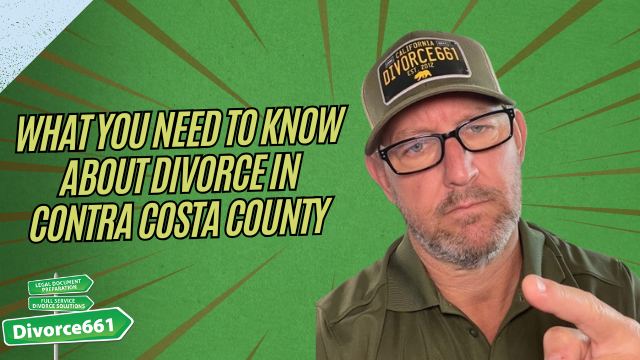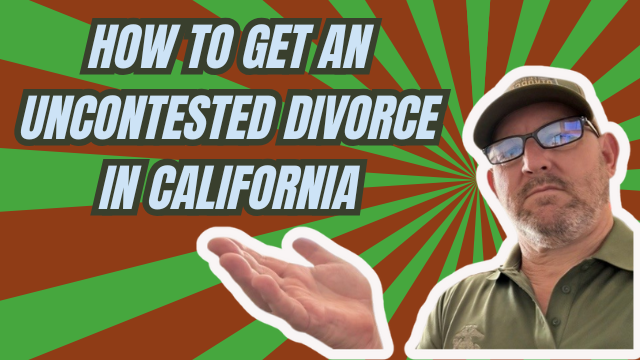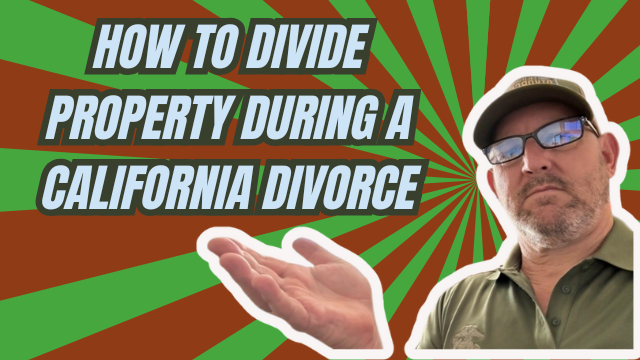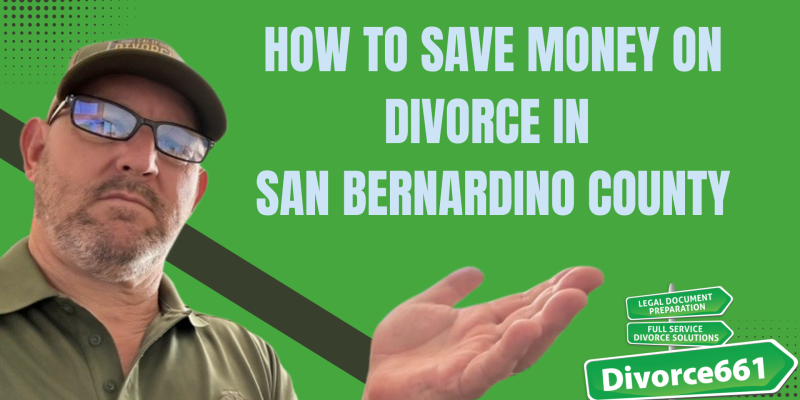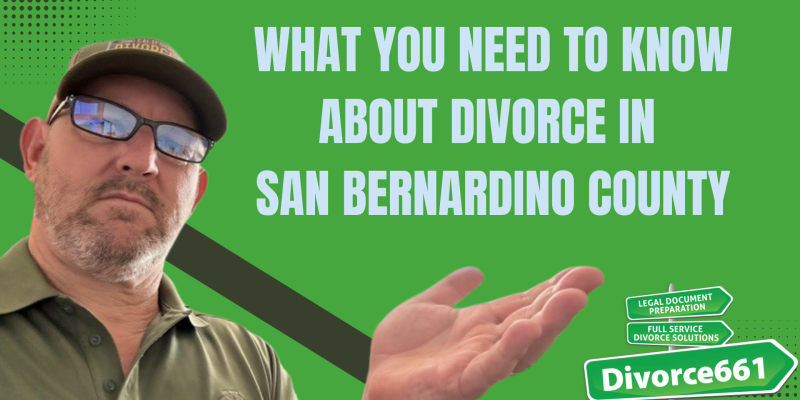What You Need to Know About Divorce in Contra Costa County | Contra Costa Divorce #divorce661
I’m Tim Blankenship from Divorce661. If you’re thinking about filing for divorce in Contra Costa County, this guide will walk you through what actually matters — from using the eFile system to getting your judgment approved. One small mistake can cause big delays, so I’ll explain the common pitfalls and how to avoid them so your divorce can move forward smoothly and without unnecessary court appearances.
Why accuracy matters from day one
Filing a divorce petition looks straightforward, but the courts expect paperwork done correctly. A single error on your petition or missing attachment can delay the entire process. Contra Costa County uses an eFile system that makes filing convenient, but convenience doesn’t replace accuracy. Take time to complete forms carefully or get help so you don’t lose weeks fixing avoidable mistakes.
Quick checklist before eFiling
- Confirm you’re using the correct local forms and updated versions.
- Double-check names, dates, and case details for typos.
- Attach required supporting documents (marriage certificate, civil filing fee waiver, etc., if applicable).
- Verify formatting and signatures meet court requirements.
Serving the divorce papers: options and legal necessity
Serving papers is not just a formality — it’s a legal requirement. Without proper service, the court cannot proceed. How you serve depends on whether your spouse is cooperative.
Two common service paths
- Cooperative spouse: If your spouse is willing, they can sign a notice of acknowledgement (an acknowledgement of service). That saves time and avoids formal process servers.
- Uncooperative spouse: When your spouse won’t sign, you’ll need formal service — typically via a process server or sheriff — and then file a proof of service with the court.
Always file a proof of service document after serving the papers. The proof of service shows the court that your spouse was properly notified and is essential for the case to advance.
Financial disclosures are required — even with mutual agreement
Even when both parties agree on the major issues, California requires full financial disclosure in every divorce. This requirement is about transparency and fairness: the court needs assurance that both parties understand the financial picture before approving a settlement.
What to include in your disclosures
- A complete list of income sources.
- An inventory of assets and debts (bank accounts, retirement, real estate, loans, credit cards).
- Supporting documentation such as pay stubs, bank statements, tax returns, and account statements.
Preparing these disclosures can feel complicated. Missing items or inconsistent numbers can trigger follow-up requests or rejection of your judgment package. Organize documents carefully and make sure all numbers reconcile.
Settlement agreement and judgment package: get it right the first time
Contra Costa courts have strict formatting and content requirements for settlement agreements and final judgment packages. Even small errors — incorrect forms, missing signatures, or improperly formatted exhibits — can lead to rejection.
Common reasons judgment packages get rejected
- Incomplete or unsigned documents.
- Missing proof of service for required notices.
- Financial disclosures that don’t match the settlement figures.
- Local court formatting rules not followed (margins, page numbering, attachments).
I once had a client who filed on their own and had their judgment rejected twice. After we stepped in, corrected the paperwork, and resubmitted a complete package, the divorce was approved in just a few weeks — and without any court appearances.
How to avoid delays — practical tips
- Use the eFile system correctly and upload the full, signed packet.
- File the proof of service promptly after serving papers.
- Provide complete financial disclosures and supporting documents, even if you and your spouse agree.
- Follow the local court’s judgment package checklist to the letter.
- When in doubt, get a professional review to catch issues before submission.
How Divorce661 helps
At Divorce661, we handle every detail so you can focus on moving forward. We offer a flat-fee divorce service that covers:
- eFiling your petition with Contra Costa’s system
- Handling proper service and filing proof of service
- Preparing and reviewing complete financial disclosures
- Assembling and submitting the settlement agreement and judgment package correctly
- 100% online support to avoid court appearances
We’ve helped clients whose cases were rejected when they tried to do it themselves. Fixing the paperwork and submitting a court-compliant package often gets final approval quickly.
Conclusion — take the right first step
Filing for divorce in Contra Costa County doesn’t have to be confusing or drawn out. Accurate filing, proper service, mandatory financial disclosures, and a complete judgment package are the pillars of a smooth process. If you want to avoid delays and get it done right, contact us for a free consultation.
Visit Divorce661.com to schedule your free consultation and start your smooth divorce journey today.

